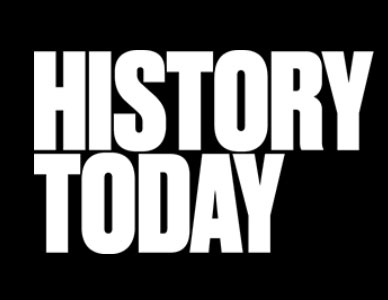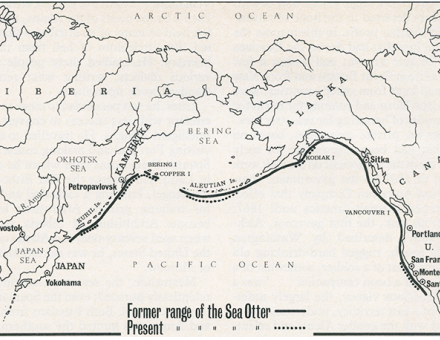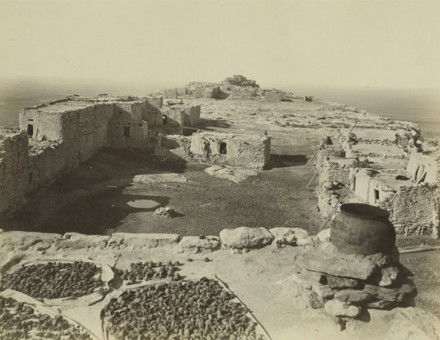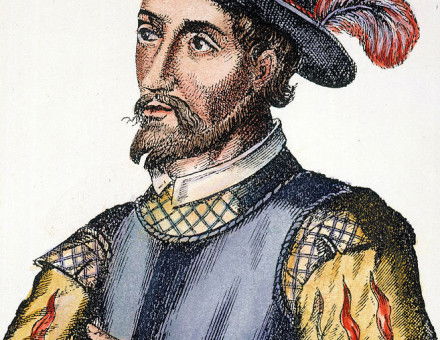Parry’s Second Voyage
In square-rigged, wooden-hulled ships, without engines or modern steel plate, an early 19th-century navigator set out to solve the problem of the Northwest Passage. Captain Parry failed to reach the Pacific; but his courageous attempt remains 'one of the best-planned and most skilfully executed northern explorations' of the age in which he lived.






